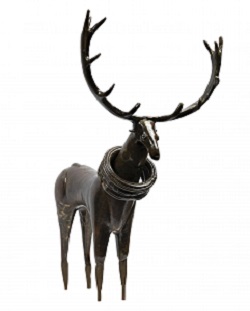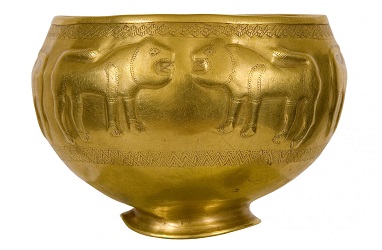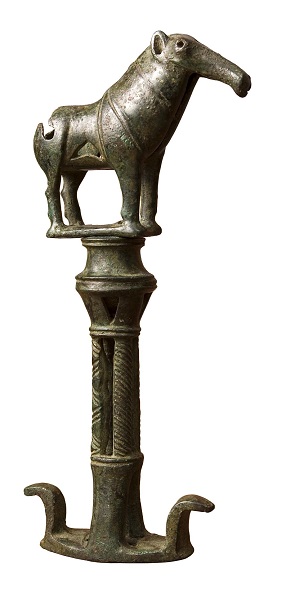Although Mount Ararat does not lie in Armenia, this famous sacred mountain and the smallest republic of the South Caucasus are inextricably linked. Armenia & Mount Ararat will be the protagonists of the exhibition Under the spell of Mount Ararat – Treasures from ancient Armenia. Beautiful objects from the History Museum of Armenia in Yerevan and also a unique relic of Noah’s Ark will be coming to Assen.
Following the major international archaeological exhibitions on Iran and Nubia in 2018, the Drents Museum will next spring be presenting the story of the rich culture of Armenia – a story that would not be complete without the more than five thousand metres high Mount Ararat. Tradition has it that the Armenians are the direct descendants of Hayk, a great-great-grandson of Noah, whose famous Ark landed on the flanks of Mount Ararat.


Archaeological wealth of Armenia
Visitors of Under the spell of Mount Ararat will go on a journey through the rich history of Armenia. From the Stone Age, in which homo erectus travelled from Africa to Eurasia to settle in what is now Armenia, via the first important leaders who had themselves buried in monumental mounds around 1500 BC, and the Kingdom of Urartu, to the great realm of King Tiridates III (AD 287-330), who made Christianity the state religion.
Gold and silver ornaments, weapons, pottery, and bronze figurines in the shape of animals and warriors will provide an impression of the impressive archaeological wealth of Armenia, from the earliest times until the arrival of Christianity. Many of these valuable objects will be on display in the Netherlands for the first time.
Relic of Noah’s Ark to come to Assen
One of the exhibition’s highlights will be a relic of Noah’s Ark. Saint Jacob of Nisibis is said to have found this piece of wood from the Ark at the foot of Mount Ararat in the 4th century AD. The relic is kept in the oldest cathedral in the world: Etchmiadzin Cathedral in Armenia. The relic and the valuable archaeological objects – around 170 in total – can be admired in Under the spell of Mount Ararat.









